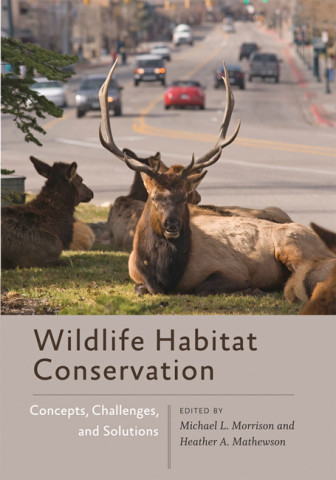
Reviews
If you want a bird’s eye view of a complex subject from an academically rigorous point of view, then this book is for you. Teachers of wildlife damage management especially should consider using this text for their classes.
This book is a significant contribution to the wildlife management and conservation literature... This book will be a solid foundation for a course on this important discipline... The well-written, comprehensive text, numerous illustrations, tables and boxes, summaries, and end-of-chapter questions make a professor's job easy. Highly recommended.
Should become a well-used and standard text for WDM students and practitioners.
Book Details
Preface
Part I: An Overview of Wildlife Damage Management
1. Introduction
2. History
3. Resources
Part II: Biological and Ecological Concepts
4. Organismic and Species Systems
5. Populations
6. Communities
Preface
Part I: An Overview of Wildlife Damage Management
1. Introduction
2. History
3. Resources
Part II: Biological and Ecological Concepts
4. Organismic and Species Systems
5. Populations
6. Communities, Ecosystems, and Landscapes
Part III: Surveys of Damage and Damaging Species
7. Exotic Invasive Species of North America
8. Damaging Species of North America
9. Wildlife Diseases and Zoonoses
Part IV: Methods
10. Physical Methods
11. Pesticides
12. Biological Methods
Part V: Human Dimensions
13. Economic Dimension
14. Human Perceptions and Responses
15. Politics and Public Policy
Part VI: Strategies and the Future
16. Operational Procedures and Strategies
17. Future Directions
18. Wildlife Conservation
Glossary
References
Index






